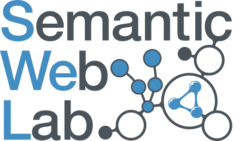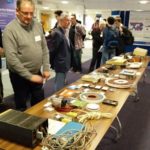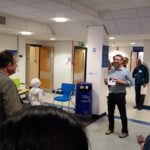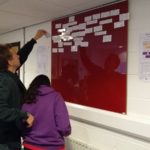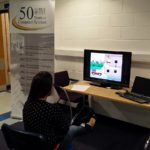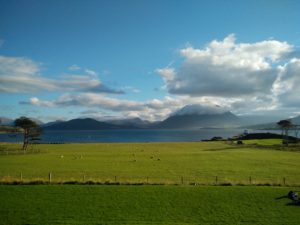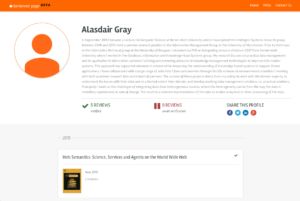Our journal article [1] looks at encouraging good practice to enable reproducible analysis of data analysis workflows. This is a result of a collaboration between social scientists and a computer scientist with the ADRC-Scotland.
Abstract: Powerful new social science data resources are emerging. One particularly important source is administrative data, which were originally collected for organisational purposes but often contain information that is suitable for social science research. In this paper we outline the concept of reproducible research in relation to micro-level administrative social science data. Our central claim is that a planned and organised workflow is essential for high quality research using micro-level administrative social science data. We argue that it is essential for researchers to share research code, because code sharing enables the elements of reproducible research. First, it enables results to be duplicated and therefore allows the accuracy and validity of analyses to be evaluated. Second, it facilitates further tests of the robustness of the original piece of research. Drawing on insights from computer science and other disciplines that have been engaged in e-Research we discuss and advocate the use of Git repositories to provide a useable and effective solution to research code sharing and rendering social science research using micro-level administrative data reproducible.
[Bibtex]
@Article{Playford2016BDS,
abstract = {Powerful new social science data resources are emerging. One particularly important source is administrative data, which were originally collected for organisational purposes but often contain information that is suitable for social science research. In this paper we outline the concept of reproducible research in relation to micro-level administrative social science data. Our central claim is that a planned and organised workflow is essential for high quality research using micro-level administrative social science data. We argue that it is essential for researchers to share research code, because code sharing enables the elements of reproducible research. First, it enables results to be duplicated and therefore allows the accuracy and validity of analyses to be evaluated. Second, it facilitates further tests of the robustness of the original piece of research. Drawing on insights from computer science and other disciplines that have been engaged in e-Research we discuss and advocate the use of Git repositories to provide a useable and effective solution to research code sharing and rendering social science research using micro-level administrative data reproducible.},
author = {Christopher J Playford and Vernon Gayle and Roxanne Connelly and Alasdair JG Gray},
title = {Administrative social science data: The challenge of reproducible research},
journal = {Big Data \& Society},
year = {2016},
OPTkey = {},
volume = {3},
number = {2},
OPTpages = {},
month = dec,
url = {http://journals.sagepub.com/doi/full/10.1177/2053951716684143},
doi = {10.1177/2053951716684143},
OPTnote = {},
OPTannote = {}
}